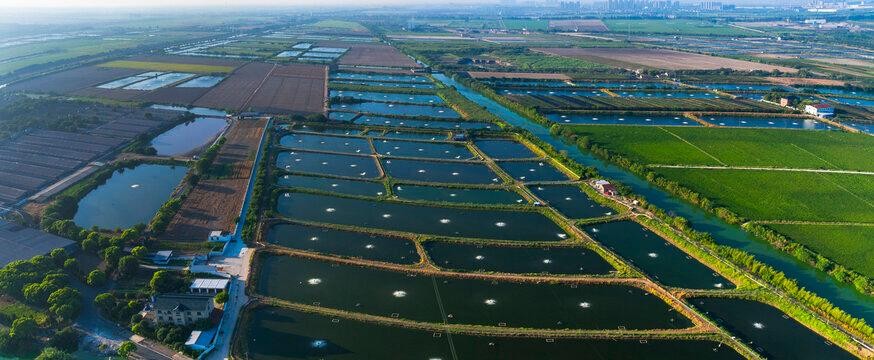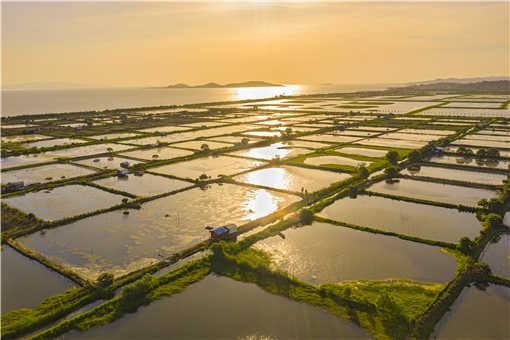Cultivating Beneficial Bacteria: A Smart Strategy for Aquaculture Water Management
🌊 Why “Good Bacteria” Are Essential in Aquaculture
One of the most effective ways to manage pond ecosystems is by cultivating beneficial bacteria, also known as aquaculture probiotics. Doing so creates a stable microbial community that enhances pond health and prevents disease outbreaks.

Key Benefits of Beneficial Bacteria:
- Vibrio control: By encouraging the growth of beneficial microbes, we can suppress harmful pathogens like Vibrio spp., reducing the risk of bacterial infections.
- Organic waste degradation: These microbes break down uneaten feed and organic waste, helping maintain clean water and promoting the growth of good algae.
- Biofloc formation: Beneficial bacteria aggregate into bioflocs, which not only improve water quality managementbut also serve as nutrient-rich natural feed, lowering feed costs.
Probiotic Culturing Techniques That Work
✅ 1. Best Timing
After pond disinfection, bacterial populations drop drastically. This is the ideal time to introduce aquaculture probiotics, allowing beneficial strains to dominate before harmful bacteria establish themselves. Regular application (every 5–7 days) ensures ecological stability.
✅ 2. Choosing the Right Probiotic Strains
Commonly used beneficial bacteria in aquaculture include:
- EM bacteria(Effective Microorganisms)
- Bacillus spp.– ideal for regular use
- Photosynthetic bacteria
- Lactic acid bacteria
Avoid overusing a single strain. Instead, rotate or mix strains based on specific water conditions for optimal effect.
✅ 3. Optimize Carbon to Nitrogen (C/N) Ratio
Carbon-deficient ponds can trigger blue-green algae blooms in summer and filamentous algae in colder months. Supplementing with fermented carbon sources helps stabilize microbial and algal communities, aiding in blue-green algae prevention.

🧪 Pro Tips for Maximizing Probiotic Effectiveness
- Rotate bacteria types: Prevent diminishing returns by alternating between EM, Bacillus, and photosynthetic bacteria.
- Use Bacillus first: Bacillus breaks down complex organics, paving the way for photosynthetic bacteria to thrive.
- Combine with fertilizers: This enhances the development of both microbial and algal communities.
- Precondition with organic acids: Products like monosilicic acidreduce water viscosity and increase dissolved oxygen, improving the success of subsequent probiotic applications.
- Zeolite + probiotics combo: Zeolite powderabsorbs ammonia and, when paired with photosynthetic bacteria, helps detoxify the pond bottom.
🌱 Conclusion
Cultivating beneficial bacteria is not just a water treatment—it’s a strategy. With the right timing, strains, and techniques, farmers can dramatically improve pond health, reduce disease risk, and promote sustainable, cost-effective aquaculture.
In modern fish and shrimp farming, smart use of aquaculture probiotics is the key to healthier ponds and better profits.





